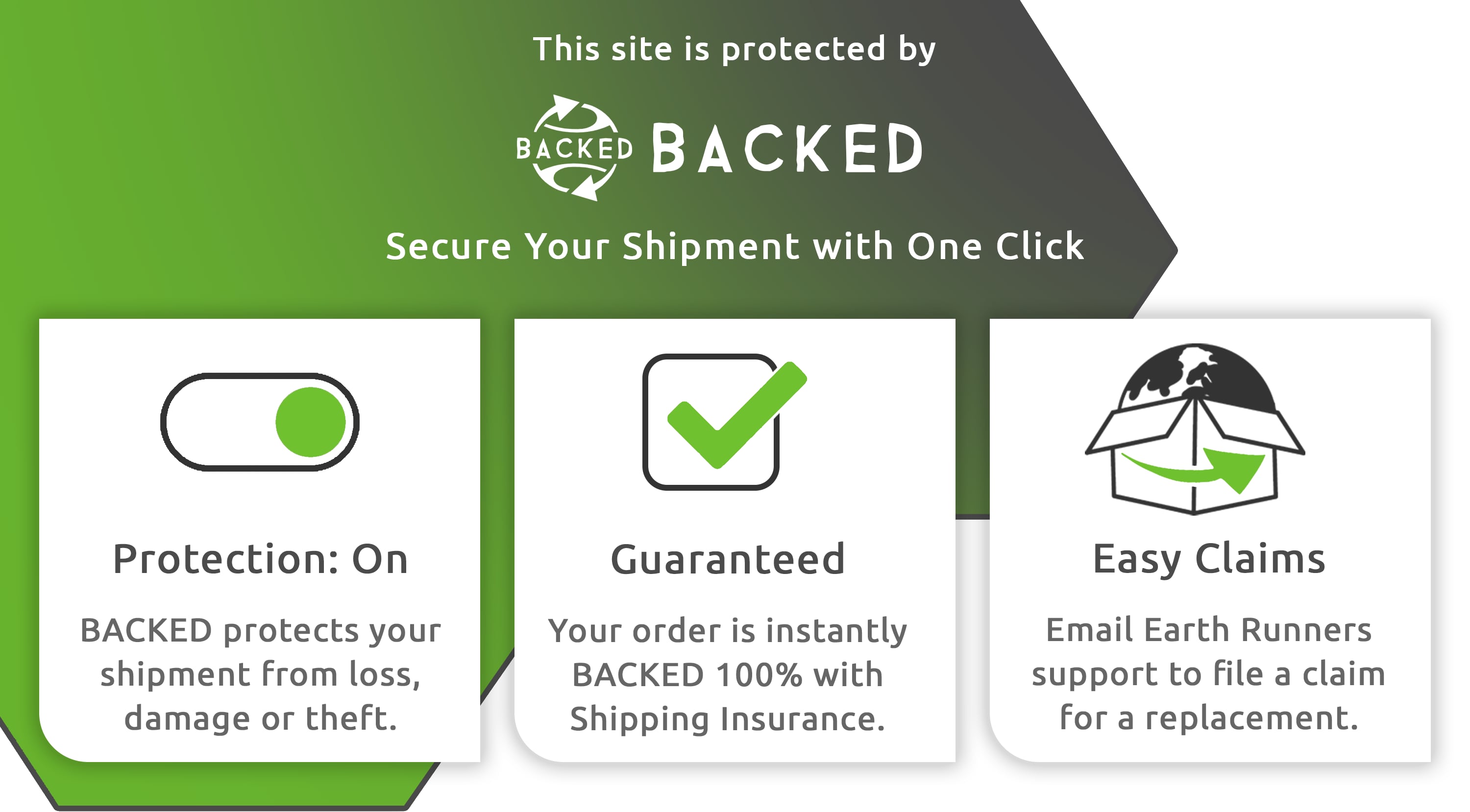

Running sandals are an ancient and proven solution for runners of all applications. The freedom of running in sandals with the wind between one's toes is a very primal and freeing experience. It’s difficult for modern runners to realize that sandals (at least in warmer climates) were quite possibly the original running shoe. The ancient Romans utilized sandals almost exclusively and there are records going back even farther to the ancient Greeks and beyond. In North America sandals suited for running have been worn for hundreds if not thousands of years.
Earth Runners Sandals: The Primal Freedom of Adventure
Running Sandals Showcase The Inherent Capabilities of Human Feet
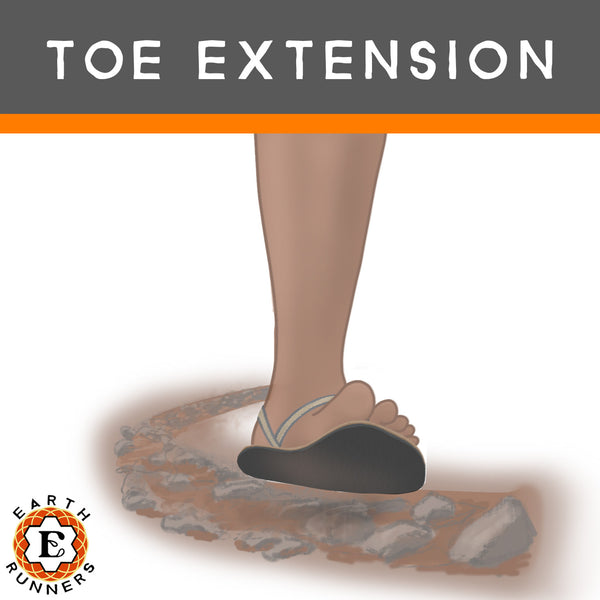
The Tarahumara of northern Mexico are world-renowned for their superhuman running. Perhaps the most famous ultramarathoners, their name literally means "Running People." The Tarahumaras can cover 100+ miles in just a few days, all while wearing traditional huarache sandals.
The ancient huarache running sandal is composed of a thin, flexible, zero-drop sole, and a seemingly simple–yet strategically designed–lacing system to secure the foot to the sole. This style of running sandal provides protection underfoot, without impeding on the foot's natural range of motion. 
Running Sandals Reawaken our Innate Sense for Efficient Form
Running in minimalist sandals increases proprioceptive awareness which helps to create sure footing. Exercising in running sandals uses less assistive technology and creates more stimulation of the body as a whole, which can lead to a more efficient and holistic workout. Modern athletic shoes for the most part cause the lower body to atrophy by preventing the natural movement of the foot and deadening proprioception.
Ancient Running Sandals -vs- Earth Runners -vs- Running Shoes

While traditional running shoes stifle & restrict natural movement causing underutilized, immobile, and weak lower extremities, a natural outcome of regularly wearing running sandals are strengthened and mobile lower extremities—including the toes, feet, ankles, and knees.
Earth Runners running sandals are inspired by the ancient Huarache running sandal design, which feature an open toe box, allowing for full range of motion of the toes and splaying of the forefoot. They feature a zero drop (completely flat from toe to heel) minimalist running sandal sole which allows for the development of normal achilles tendon length, function, and power.
Conventional running shoes have thick, elevated, and cushioned heels which promote heel-striking. This creates more impact and damage to the knees and other biomechanics further upstream in the body. Zero-drop running sandals on the other hand, promote proper running form, healthier connective tissue and bones, along with a more efficient gait cycle.
In addition to more efficient running gait, running sandals also encourage higher cadence. The minimal upper of a running sandal–just a strap–along with the extreme flexibility of minimalist running sandal soles facilitates a healthier cadence. Compared to long running strides (low cadence), high cadence (more frequent steps) reduces stress on the body and lowers chance of injury.

|
 |
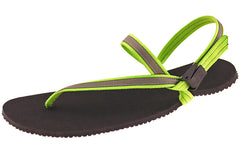
|
|
 |
|
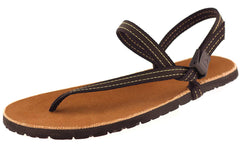 |
|
Are Earth Runners just running sandals?
While Earth Runners sandals have been used to traverse long distances, from 5k's to ultra-marathon, we like to think of them as sandals that allow you to truly be free -- footwear in which you can run, walk, hike, play and adventure while remaining connected to the earth.






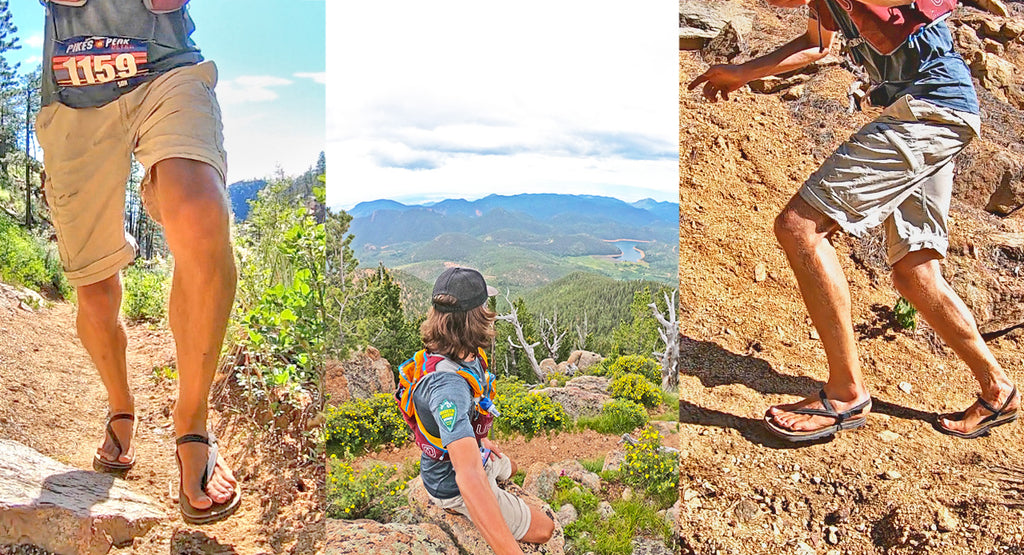
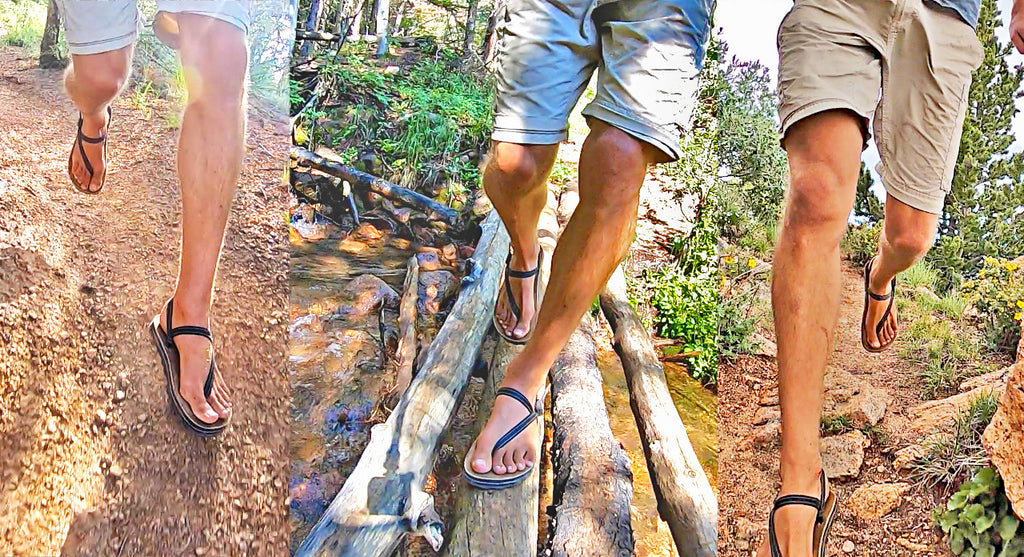
 is thrown off, causing lower back, knee and foot issues. (see image right) Beyond that,
is thrown off, causing lower back, knee and foot issues. (see image right) Beyond that, 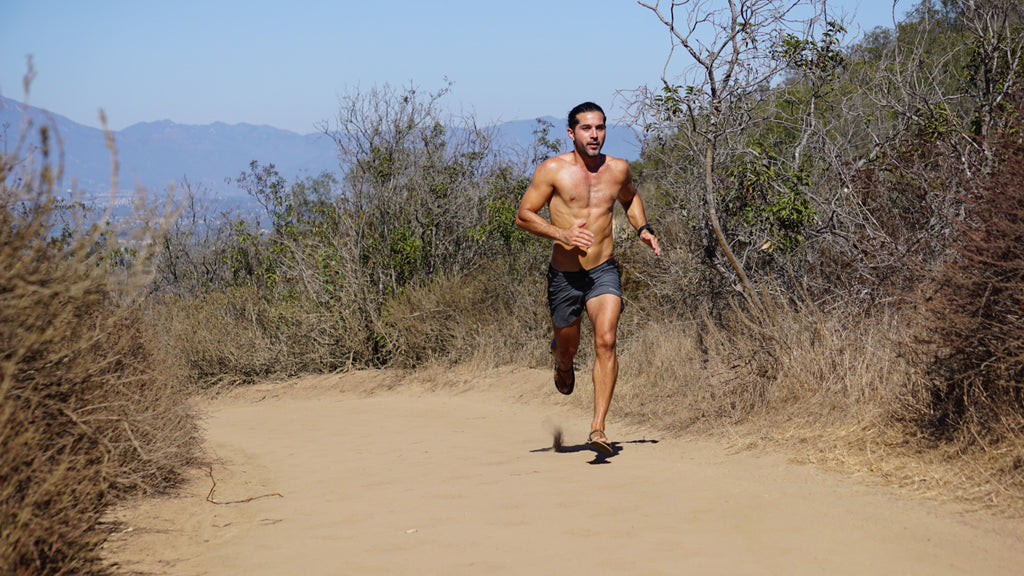



 Doing other activities to improve your strength, balance, stability, and endurance will transfer over to barefoot running making you a stronger runner less prone to injury. Strength training can help equalize muscle imbalances, and decrease fatigue by improving muscle strength and endurance. Balancing exercises like slacklining, box jumps, and other sports are all great ways to improve foot, ankle, leg and core strength needed for barefoot running. Do these activities barefoot if you can as I mentioned in Tip #2. Better balance will also help you run over uneven surfaces and on challenging terrain with more confidence.
Doing other activities to improve your strength, balance, stability, and endurance will transfer over to barefoot running making you a stronger runner less prone to injury. Strength training can help equalize muscle imbalances, and decrease fatigue by improving muscle strength and endurance. Balancing exercises like slacklining, box jumps, and other sports are all great ways to improve foot, ankle, leg and core strength needed for barefoot running. Do these activities barefoot if you can as I mentioned in Tip #2. Better balance will also help you run over uneven surfaces and on challenging terrain with more confidence.